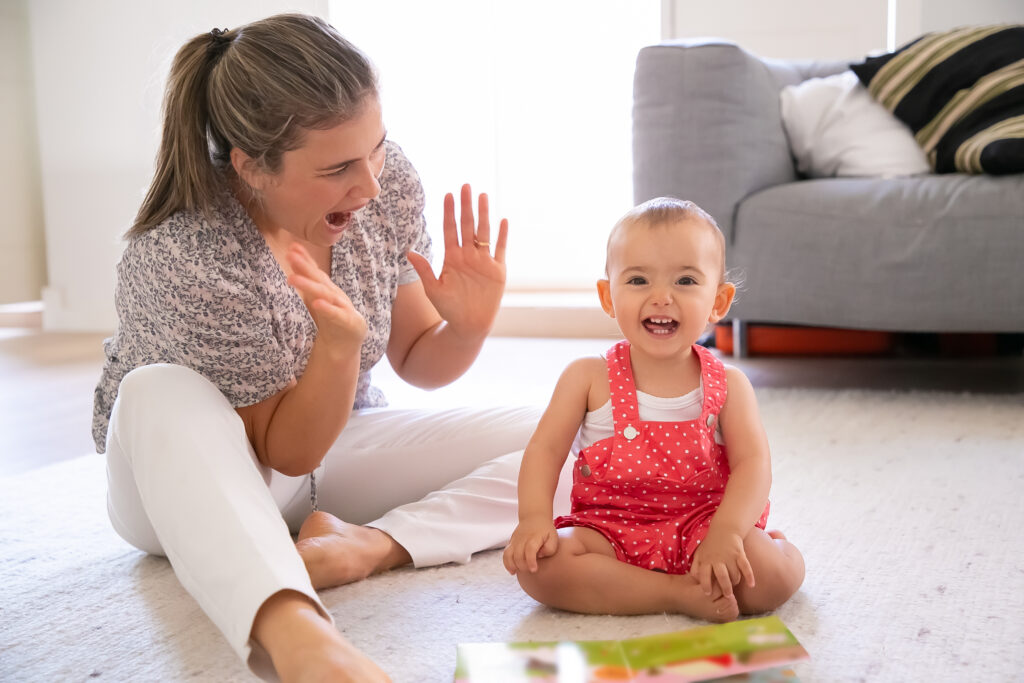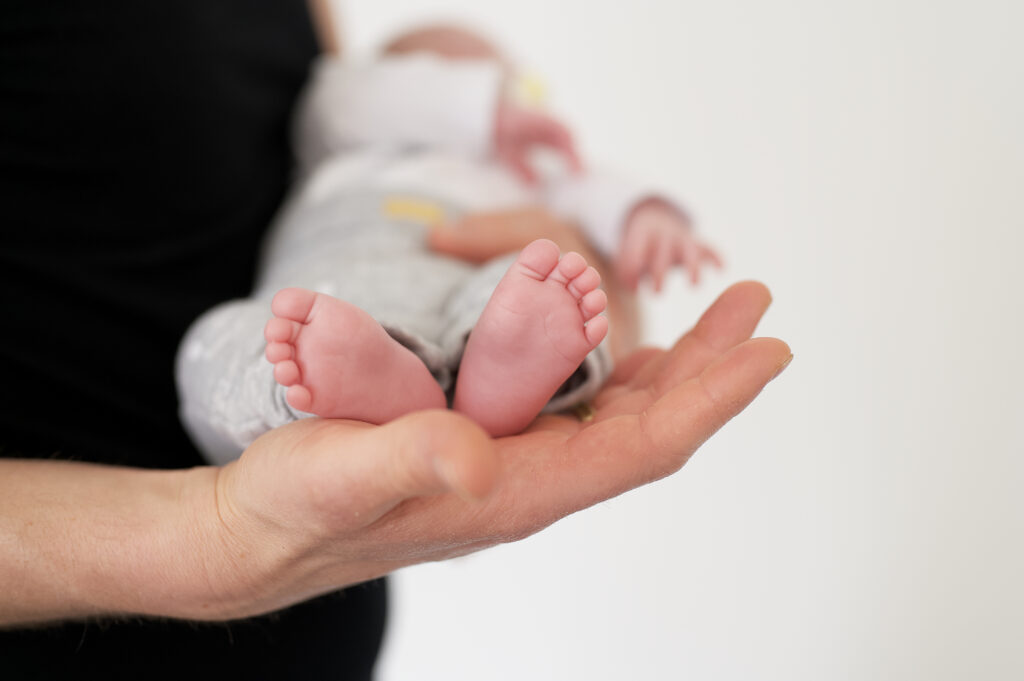
Practical tips to help your toddler express feelings, manage big emotions, and develop healthy communication skills
Parenting a toddler is like riding an emotional roller coaster—one moment you’re laughing together, and the next, a meltdown takes over. This is because toddlers are still learning how to communicate their needs and regulate their emotions.
The good news? With patience, empathy, and the right techniques, you can help your little one build strong communication skills and manage their feelings in a healthy way.
1. Understand the Toddler’s World 🌍
Toddlers have big emotions but limited vocabulary to express them. This often leads to frustration, tantrums, or withdrawal. Recognizing that these behaviors are part of their development is the first step to guiding them.
2. Be a Role Model of Calm Communication 🪞
Children learn by watching you. Speak calmly, use positive words, and listen attentively when your toddler talks—this sets the tone for how they communicate with others.
3. Teach Emotion Words 📚
Expand your toddler’s emotional vocabulary. Instead of just saying “Don’t cry,” try:
- “I see you’re feeling sad.”
- “You look frustrated.”
This helps them identify and express emotions rather than acting them out.
4. Practice Active Listening 👂
When your toddler tries to express something—through words, gestures, or even cries—pause, get to their eye level, and listen. Repeat back what you understood to show you value their feelings.
5. Create a Safe Space for Feelings 🏡
Let your child know that all feelings are okay—it’s what they do with those feelings that matters. Provide comfort during tough moments, then guide them toward calmer behavior.
6. Use Stories & Play to Teach Emotions 🎭
Books, role-play, and toys can be powerful tools. For example, pretend a stuffed toy is upset and talk through how to help it feel better—this builds empathy and problem-solving skills.
7. Set Clear but Gentle Boundaries 🚦
While validating emotions, also guide behavior. For example:
- “It’s okay to be angry, but it’s not okay to hit. Let’s use our words.”
8. Praise Efforts, Not Just Success 🌟
When your toddler tries to express themselves calmly, acknowledge it:
- “I love how you told me you were upset instead of yelling.”
💡 Final Thoughts:
Building positive communication and emotional regulation in toddlers is a journey that takes time and consistency. By modeling patience, teaching emotion words, and creating a safe space for feelings, you’ll give your child essential life skills that will serve them for years to come.


